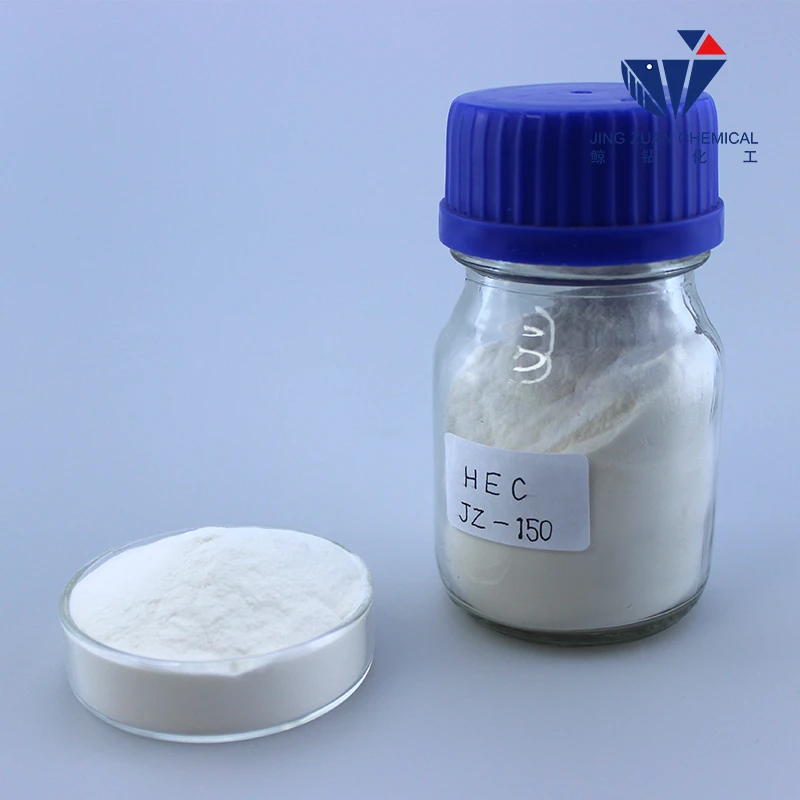
സെപ് . 28, 2024 04:45 Back to list
Exploring HPMC SDS Properties and Applications in Pharmaceutical Formulations
Understanding HPMC and Its Role in SDS Formulations
The pharmaceutical industry continually seeks innovative ingredients to enhance drug delivery systems, and Hydroxypropyl Methylcellulose (HPMC) has emerged as a crucial player in this domain. When combined with sodium dodecyl sulfate (SDS), a commonly used surfactant, HPMC exhibits unique characteristics that can improve the performance of various formulations, especially in the context of drug solubility and stability.
What is HPMC?
HPMC is a non-ionic, water-soluble polymer derived from cellulose. Its unique chemical structure imparts a wide range of functional properties, making it invaluable in pharmaceuticals, cosmetics, and food industries. HPMC is widely utilized as a thickening agent, film-forming agent, and stabilizer. One of its most significant advantages is its ability to form gels, which helps control the release of active pharmaceutical ingredients (APIs).
The Significance of SDS in Pharmaceutical Formulations
Sodium dodecyl sulfate, commonly known as SDS, is an anionic surfactant that plays a key role in solubilizing hydrophobic compounds. By reducing the surface tension of liquids, SDS facilitates the dispersion of solid particles, which enhances the bioavailability of drugs. It is particularly beneficial in formulations where poorly soluble drugs pose a challenge for effective absorption.
The Interaction Between HPMC and SDS
When HPMC is used in conjunction with SDS, several interesting interactions occur that enhance the formulation's overall efficacy. The combination allows for enhanced solubilization of APIs that might otherwise remain poorly soluble in aqueous environments. The surfactant significantly improves the wetting properties of the formulation, while HPMC provides a controlled release mechanism. This collaboration is especially advantageous in oral, topical, and parenteral drug delivery systems.
Advantages of HPMC/SDS Formulations
hpmc sds

1. Improved Solubility and Bioavailability The combination of HPMC and SDS leads to an increase in drug solubility, which is critical for ensuring that enough active ingredients are delivered to achieve therapeutic effects.
2. Controlled Drug Release HPMC's gel-forming properties, combined with SDS, create a sustained release environment for drugs, allowing for prolonged therapeutic action. This is particularly important in chronic conditions where consistent medication levels are necessary.
3. Enhanced Stability The polymer-surfactant blend stabilizes APIs in solution, protecting them from degradation due to environmental factors such as temperature and pH variations. The result is a more reliable and effective formulation.
4. Versatile Applications The unique properties of HPMC make it suitable for various drug delivery methods—whether oral tablets, topical creams, or injectable solutions—while SDS ensures the effective incorporation of both hydrophilic and lipophilic drugs within the system.
Challenges and Considerations
Despite the clear advantages, the formulation of HPMC and SDS does come with challenges. Compatibility between the excipients and the active ingredients must be thoroughly evaluated to prevent adverse interactions. Additionally, the concentration of SDS must be optimized, as excessive amounts can lead to irritation or toxicity, particularly in topical formulations.
Moreover, the viscoelastic properties of HPMC solutions can vary significantly based on the molecular weight of the polymer and the concentration used. Therefore, formulators must conduct rigorous testing to establish the ideal ratios and conditions that maximize the benefits of this combination.
Conclusion
HPMC and SDS represent a potent combination in the formulation of effective pharmaceutical products. Their ability to enhance solubility, stability, and controlled release makes them invaluable in the continuous search for improved drug delivery systems. As research progresses, the potential applications for HPMC/SDS formulations will likely expand, promising exciting advancements in pharmaceutical technologies. In a world where drug efficacy and patient outcomes are paramount, understanding and utilizing the synergy between HPMC and SDS is a step forward in addressing the challenges of modern pharmacotherapy.
-
Versatile Hpmc Uses in Different Industries
NewsJun.19,2025
-
Redispersible Powder's Role in Enhancing Durability of Construction Products
NewsJun.19,2025
-
Hydroxyethyl Cellulose Applications Driving Green Industrial Processes
NewsJun.19,2025
-
Exploring Different Redispersible Polymer Powder
NewsJun.19,2025
-
Choosing the Right Mortar Bonding Agent
NewsJun.19,2025
-
Applications and Significance of China Hpmc in Modern Industries
NewsJun.19,2025







